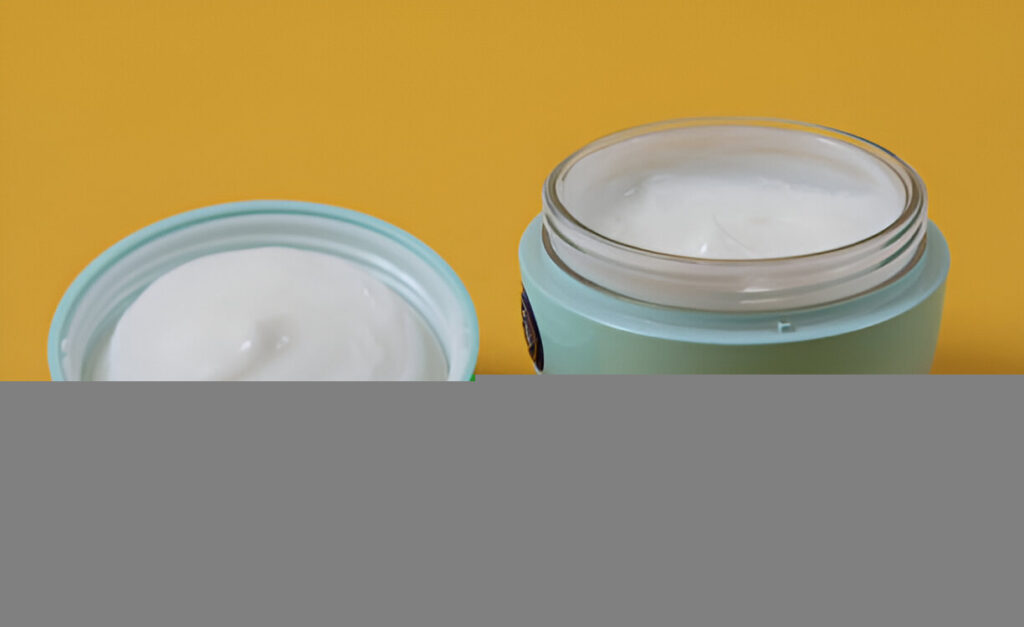Skincare routines often involve making choices that seem simple but require understanding. Many individuals use different hydrating products without knowing what sets them apart. Two common products are often misunderstood, yet each serves a unique purpose based on texture, ingredients, and usage.
Confusion between lotion & moisturizer is widespread, especially when selecting the right product for specific skin needs. Although both provide hydration, they differ in consistency, function, and effectiveness. This article outlines their core differences, how to use each correctly, and which one might be better for various situations.
Texture Defines the Experience
The first noticeable difference lies in the texture. Lighter formulations tend to be water-based and glide easily on the skin. These are often preferred when a non-greasy feel is desired. They absorb quickly and do not leave any heavy residue behind. Thicker options, in contrast, feel denser and take more time to sink into the skin.
These are more suitable for individuals with dry or flaky skin, providing a layer of protection that seals in moisture. The consistency can affect how comfortable the product feels throughout the day. Choosing the right texture ensures better absorption and a more pleasant skincare experience.
Ingredients That Shape the Purpose
The formulation is a major factor in how a product performs. While both products aim to hydrate, the ingredient ratio sets them apart. Lighter options typically include more water and fewer oils, making them better for those with oily or combination skin. Richer blends contain a higher concentration of oils and emollients. These ingredients nourish deeper layers and prevent moisture loss, especially during colder months or dry conditions.
Choosing the right blend depends on personal skincare needs and environmental factors such as humidity and temperature. Understanding ingredient functions can also help avoid reactions or sensitivities caused by unsuitable compounds.Understanding ingredient functions can also help avoid reactions or sensitivities caused by unsuitable compounds.
Choosing Based on Timing and Condition
The time of day and condition of the skin play essential roles in product choice. For daytime use, especially during warmer months, lighter formulas provide quick hydration without making the skin feel greasy. These are also ideal for layering under other skincare or makeup products.
Heavier options work best at night, offering long-lasting hydration and support for skin repair during rest. In drier months, these thicker products help combat flaky or irritated skin by reinforcing the natural barrier. Matching product weight to the situation can enhance comfort and results.
Consider Skin Type for Better Results
Skin type is the most critical factor in choosing between different hydrating products. Those with oily skin often benefit from fast-absorbing, water-based options that avoid clogging pores. Lightweight hydration can control shine while keeping the skin smooth and soft.
For dry or sensitive types, thicker applications are more suitable. They provide long-lasting comfort and support the skin’s natural ability to retain moisture. Combination type might require a blended approach—lighter products during the day and heavier ones at night to maintain balance.
Seasonal and Environmental Impact
Climate and seasonal changes affect how the skin responds to different products. Warmer weather can make the skin sweat more, which calls for lighter, breathable hydration. In contrast, colder or drier air can lead to a loss of natural oils, making thicker products more necessary.
Adjusting the skincare routine with the seasons ensures that hydration needs are consistently met. Lighter products work best during humid or warm conditions, while richer products protect the skin from harsh or drying environments. Paying attention to these changes can prevent discomfort or damage over time.
Lotion & moisturizer both contribute to skin hydration, yet they are not the same. Each product offers specific benefits depending on skin type, time of use, and environmental conditions. By understanding their unique roles, it becomes easier to select the most effective option. Proper selection and timing improve hydration, comfort, and the skin’s natural resilience.



